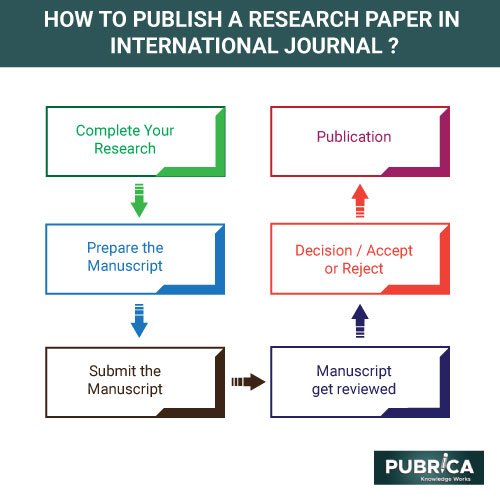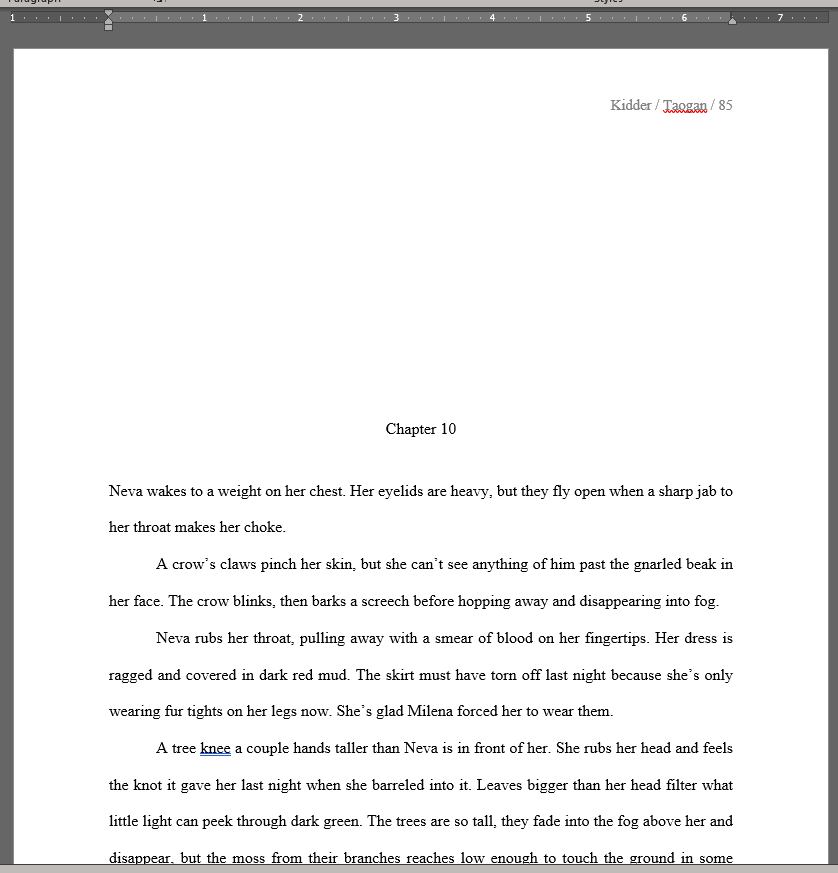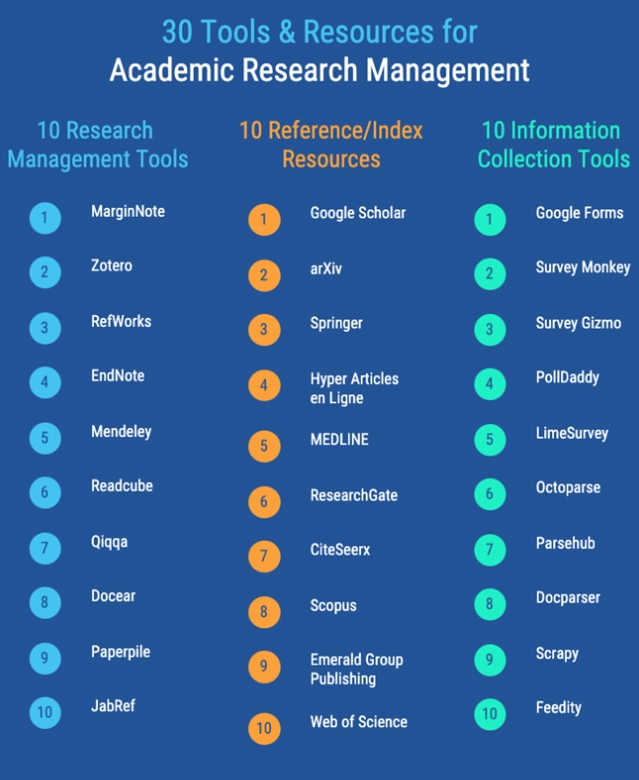When preparing content and files for a journal submission, it’s crucial to keep everything organized and formatted correctly. Begin by understanding the specific requirements of the journal, as they often have unique guidelines for font styles, margins, and citation formats. Organize your content with a detailed outline to maintain logical flow; this includes sections like introduction and results. Additionally, adopt descriptive file naming conventions—avoid spaces but use underscores instead—and create a well-structured directory. As you finalize your document for submission, check that all sections are complete and references correctly formatted while keeping backup copies of your work for security.
1. Understanding Journal Requirements
 Credits: pubrica.com
Credits: pubrica.com
Before starting your manuscript, it’s vital to thoroughly understand the specific requirements of the journal you’re targeting. Each journal has its own set of formatting guidelines, which can include font type, font size, margin settings, and citation styles. For instance, most journals require a standard font like 12-point Times New Roman, with one-inch margins on all sides and double-spacing throughout the text.
Additionally, you will likely need a title page that clearly lists the title of your article, along with the names of the authors, their affiliations, and contact information. Some journals may also specify the inclusion of an abstract or keywords right after the title page, so it’s important to check these details in advance.
Beyond the visual formatting, pay close attention to citation styles, as different journals may adhere to APA, MLA, Chicago, or specific formats unique to their publication. For example, if a journal requires APA style, you should be prepared to format in-text citations and your reference list according to those guidelines.
Understanding these requirements early in the process will save you time and effort later, ensuring that your manuscript meets the necessary standards for a successful submission.
2. Steps for Organizing Journal Content
Effective organization of your journal content is crucial. Consider the following steps:
-
Outline Your Work: Create a detailed outline of your journal content. This should include sections such as the introduction, methodology, results, discussions, and conclusion. A structured outline helps in maintaining the flow and clarity of your narrative.
-
Unique Page Preparation: Prepare a main content file that includes only one copy of each unique page of your journal. Journals often contain repeating pages (like templates for notes or grids). For example:
- Title Page (Page 1)
- Abstract (Page 2)
- Introduction (Page 3)
- Methodology (Pages 4-7)
- Results (Pages 8-15)
- Discussion (Pages 16-20)
- References (Page 21)
-
Use of Visuals: If your content includes tables, figures, or illustrations, ensure these are clearly labeled and referenced within the text. Provide separate files for images and visuals in high-resolution formats like TIFF or PDF.
| Section | Page Number |
|---|---|
| Title Page | 1 |
| Abstract | 2 |
| Introduction | 3 |
| Methodology | 4-7 |
| Results | 8-15 |
| Discussion | 16-20 |
| References | 21 |
3. Naming Your Files Effectively
Adopting a systematic naming convention for your files is essential for easy retrieval and organization. Here are some best practices:
-
*Descriptive Names*: Use distinctive, human-readable names that indicate the file’s content. For example, “Smith_2023_Research_Article_Draft.docx” provides clear information about the author, year, and type of document.
-
Consistency: Follow a consistent naming pattern across all files. Avoid spaces and special characters; instead, use underscores or hyphens, e.g., “journal_article_v1.pdf”. This consistency aids in maintaining order and avoids confusion.
-
Directory Structure: Organize your files into directories based on categories (e.g., drafts, final versions, supplementary materials). A potential directory structure might look like:
/JournalSubmission
/Drafts
/Figures
/Final
/Reviews
This structure not only helps in locating files quickly but also keeps related documents together.
4. Formatting Your Manuscript for Submission
 Credits: self-publishingschool.com
Credits: self-publishingschool.com
When preparing your manuscript for submission, it’s crucial to follow specific formatting guidelines to meet journal standards. Start by saving your final document in the required format, which is typically DOC, DOCX, or PDF. Make sure the file extension matches the document type to avoid compatibility issues.
Next, conduct final checks on your manuscript. Ensure that all sections are complete, including the title, abstract, and references. Formatting of references is key; follow the citation style specified by the journal, whether it’s APA, MLA, or another format.
It’s also important to proofread your document. Look for typos, grammatical errors, and ensure clarity in your writing. For example, if your manuscript discusses a complex theory, ensure that the explanation is straightforward and accessible to your audience.
Adhere strictly to the submission guidelines provided by the journal. These guidelines may specify how to submit your manuscript, whether via an online portal or email. Some journals also require supplementary materials, such as cover letters or conflict of interest disclosures, so be prepared to include those as well.
Finally, consider creating a checklist based on the journal’s submission criteria. This can help you ensure that nothing is overlooked, making the submission process smoother.
5. Keeping Track After Submission
After you submit your article, it’s crucial to keep an organized record of the submission process. Start by tracking all your submissions with details like submission dates, editor responses, and any revision requests. You can use a simple spreadsheet or a more sophisticated reference management tool like Mendeley or EndNote to log this information. For example, create columns for the journal name, submission date, status (e.g., under review, accepted, rejected), and any notes regarding feedback or required revisions.
Backing up your files is equally important. Regularly save copies of your manuscript and any correspondence with the journal in a separate folder or use cloud storage solutions to ensure your work is safe. This practice not only prevents data loss but also allows you to revisit previous versions if needed.
Additionally, consider setting reminders for follow-ups if you haven’t received a response within the journal’s typical review timeframe. Keeping everything organized post-submission can save you time and reduce stress, making it easier to manage multiple submissions and revisions.
6. Useful Tools for Organizing Content
 Credits: octoparse.com
Credits: octoparse.com
When it comes to organizing content and formatting files for a journal, several tools can simplify the process. Reference management software like Zotero, Mendeley, and EndNote is vital for managing citations and references. These tools allow you to collect, organize, and format your references according to various citation styles with ease. For instance, if you’re working on a paper that requires APA format, these tools can automatically generate the correct citation format for your bibliography.
File organization can be enhanced by using cloud storage services like Google Drive or Dropbox. These platforms not only provide storage but also facilitate easy sharing and collaboration with co-authors. You can create folders for drafts, final versions, and supplementary materials, keeping everything neatly organized and accessible.
Additionally, formatting checkers like Grammarly and Hemingway can help ensure your manuscript is free from grammatical errors and adheres to readability standards. These tools can suggest improvements in sentence structure and clarity, making your writing more effective.
For those who need to format large documents, tools like LaTeX can be a game changer. LaTeX allows for precise formatting and is particularly useful for documents that include complex mathematical equations or extensive figures.
Lastly, consider using project management tools like Trello or Asana. These can help you keep track of different stages of your writing project, from brainstorming to submission, ensuring that you meet deadlines and manage tasks efficiently.
- Reference management software (e.g., Zotero, EndNote)
- File organization tools (e.g., Dropbox, Google Drive)
- Formatting software (e.g., LaTeX, Microsoft Word)
- Note-taking apps (e.g., Evernote, OneNote)
- Version control systems (e.g., Git)
- Collaboration platforms (e.g., Slack, Trello)
Frequently Asked Questions
1. What should I include when organizing my journal content?
You should include sections like the title, abstract, introduction, methodology, results, discussion, and references.
2. How do I choose the right format for my journal files?
You should follow the guidelines provided by the journal you’re submitting to, as each may have specific formatting rules.
3. What are some tips for making my journal content easy to read?
Use clear headings, bullet points, short paragraphs, and simple language to enhance readability.
4. How can I properly cite my sources in my journal?
Follow a specific citation style, like APA or MLA, and make sure to include all necessary information like author names, publication year, and titles.
5. Why is it important to organize my journal files?
Organizing your files helps you keep track of your work, makes it easier to find important documents, and ensures you meet submission requirements.
TL;DR Organizing and formatting files for journal submission is crucial for a successful outcome. Start by understanding the specific requirements of the journal, then organize your content with a clear outline, ensuring all unique pages are prepared. Use effective file naming conventions for easy retrieval and maintain a structured directory for your submissions. Format your manuscript according to the journal’s guidelines and keep a log of your submissions for tracking. Utilize resources like reference management software and formatting checklists to assist in this process.

